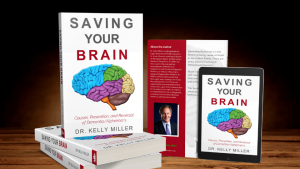What’s the generally accepted medical practice for treating someone with clinical depression, anxiety, ADHD, migraines, seizures, or many other “brain” problems?
The usual answer is to prescribe a pill, such as a stimulant, an anti-depressant, an anti-anxiety medication, or in some cases, a mood stabilizer/anti-convulsant, or an anti-psychotic
Disadvantages to medicating the brain are becoming more widely known. Many people who take medications still struggle with symptoms. For many others, stopping a medication causes the problems to reappear or even get worse. In addition, there can be side effects ranging from mild to severe.
Further, it is common to take medications for a very long time period, which is not only problematic as dependence can develop, but there are also growing concerns about the long-term use of medications and for good reason.
The pills don’t TEACH you how to change your own brain. They just temporarily help manage symptoms.
For certain “brain problems”, such as autism, Asperger’s, learning difficulties, PTSD, and even stroke and traumatic brain injury, there are no medications that really work well or work at all. Yet, these are clearly brain problems.
MOVING PAST MEDICATION: HEALING THE BRAIN THROUGH NEUROFEEDBACK
There are other ways to change the brain. What you eat, your blood sugar, hydration level, and exercise are all critical to brain function. In addition, psychotherapy has been shown to change the brain over time. These are important, but what other component can make a key difference in healing the brain?
NEUROFEEDBACK AS PART OF A TREATMENT STRATEGY CAN BE INCREDIBLY POWERFUL
Stories abound – how kids and adults have changed their lives by using neurofeedback to overcome ADHD, anger, mood problems, anxiety, migraines, and even seizures. It’s not instant; it takes time for the brain to change and learn. Typically, if neurofeedback is done right, these symptoms improve. Often, once clients are functioning better and have fewer symptoms, they can reduce their reliance on medication.
Neurofeedback has been proven to change the brain – to change timing in the brain. It’s published in scientific literature. It’s used by thousands of licensed healthcare professionals around the world and is possibly the most important new tool available for mental and neurological health.
The improvements cut across all disorders, including ADHD, depression, anxiety, stroke, OCD, and far more. They are all brain problems. Improve the brain, and you see people overcome their symptoms.
UNLIKE PILLS, NEUROFEEDBACK IS MOST SUCCESSFUL WHEN PATIENTS STOP USING IT
If the brain really LEARNS to change and make healthier patterns, it won’t forget them. Neurofeedback is learning. Unlike medications, once you’ve learned how to manage your brain and mind better, you can usually stop actively brain training. If you’ve learned it well enough, you’ll remember how to continue what you trained. Often, no more sessions are needed.
Neurofeedback is not a panacea. Some clients will still remain on medications. Yet by encouraging the brain to function better, it is common for patients to end up on less medication yet many are able to completely eliminate medications. There are a number of clinical case reports where clients who have been on medications for many years have been able to cut back their medications dramatically. Sometimes they are able to stop them completely.
When the brain works better, there is less need for medications. People are able to adequately manage their brain state more easily. The more efficient the brain, the less medications that will be needed to accomplish the same effect. If neurofeedback simply helps reduce the reliance on meds and cuts back the use of medications, the result is profound.
BETTER BRAIN AND BODY FUNCTIONING
The biggest benefit of neurofeedback is that people function better. They enjoy life more. They are less bothered by irritations and setbacks. Their mood is more stable. Whether on or off meds, happier, more stable people is the key goal.
Many people mistake the power of neurofeedback as something that occurs through the machines that are used. In fact, the machines simply help people increase their ability to manage their own brain. In biofeedback, by definition, it is not the equipment that makes the changes. Clients are strengthening their neural circuits. If you use a weight machine to work out, the weights don’t make the change in the muscles, the effort put in by the individual creates the change. Fortunately, the only real effort to learn neurofeedback is participation. There’s no real other effort required.
If you or a loved one would like to schedule a brain map to see if neurofeedback is right for you, contact us using the form below
OTHER NEWS ARTICLES
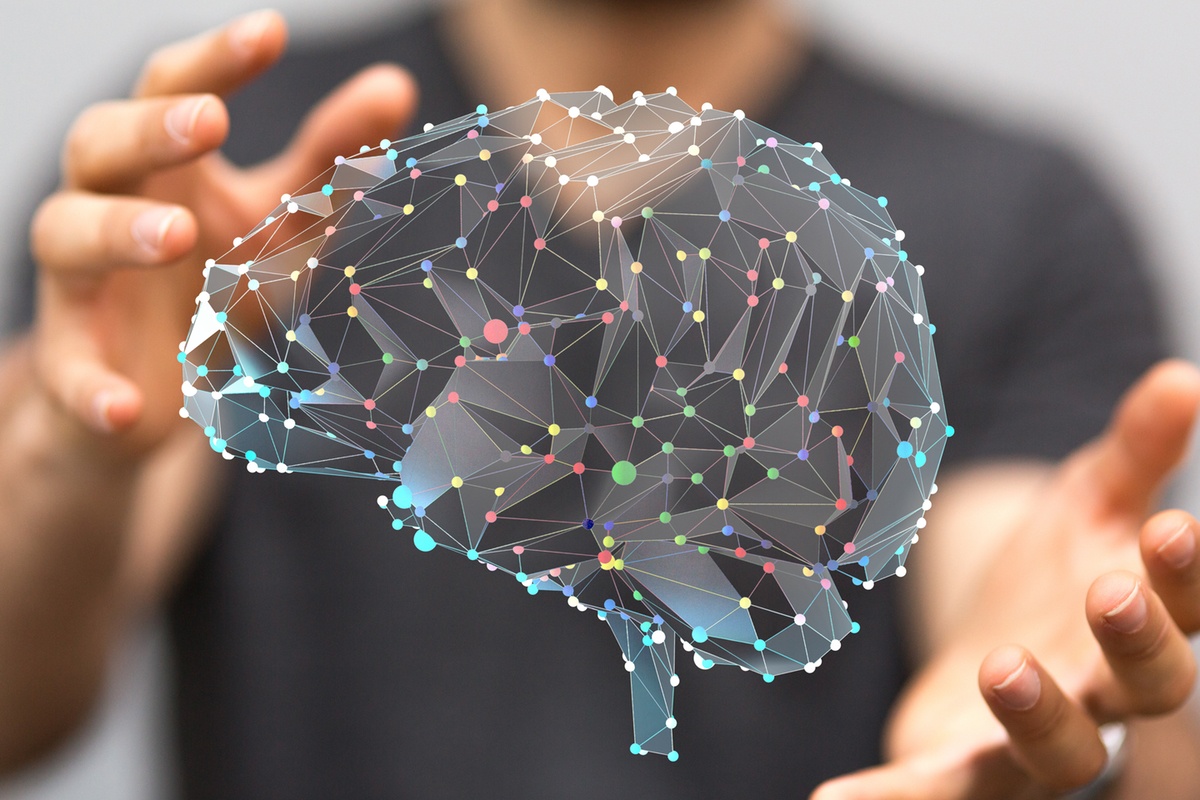
What is Neurofeedback and How It helps Brain Health
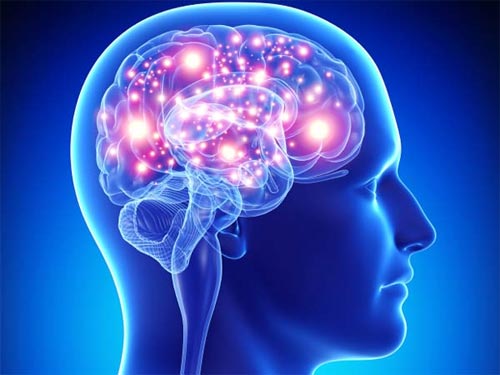
Inflammation Can Shrink Your Brain
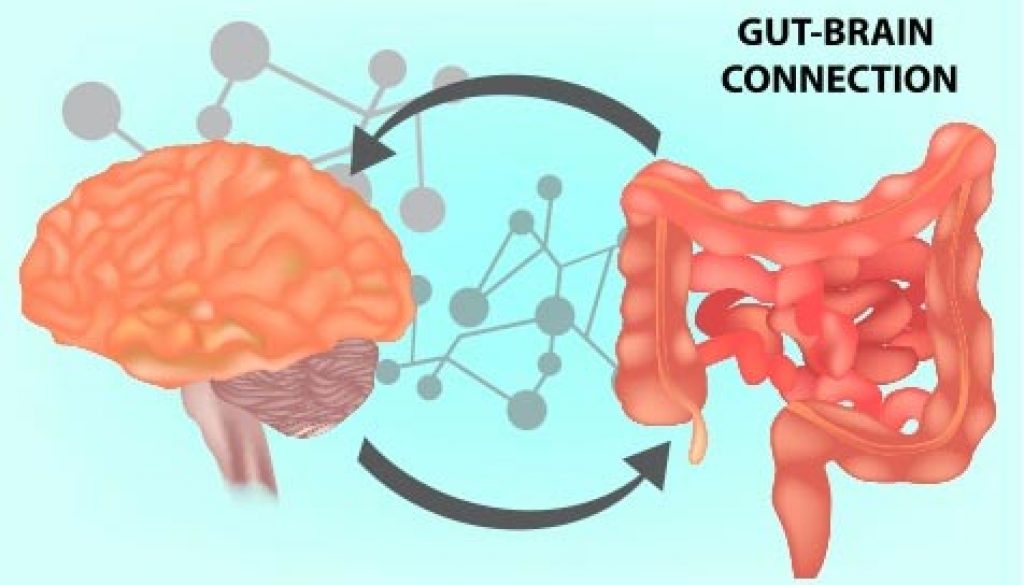
The Gut-Brain Connection Is Important For Mental Health And More!

Beyond Medicating The Brain: Why We Need a New Approach

Do You Have A Leaky Brain?

The Seven Types Of ADD

The History Of Neurofeedback And Why It Is Beneficial In Treating ADD And ADHD
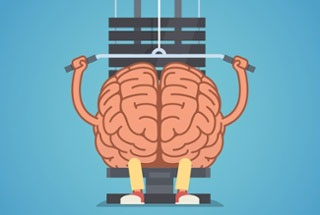
Balancing And Nourishing The Brain Helps Resolve Many Health Challenges

Clinic Studies On Neurofeedback – Make An Informed Decision For Drug Free Care
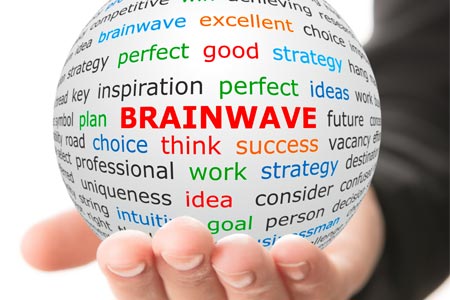
Brainwaves, The Key To Healthy Brain Function
[themify_layout_part id=239]
